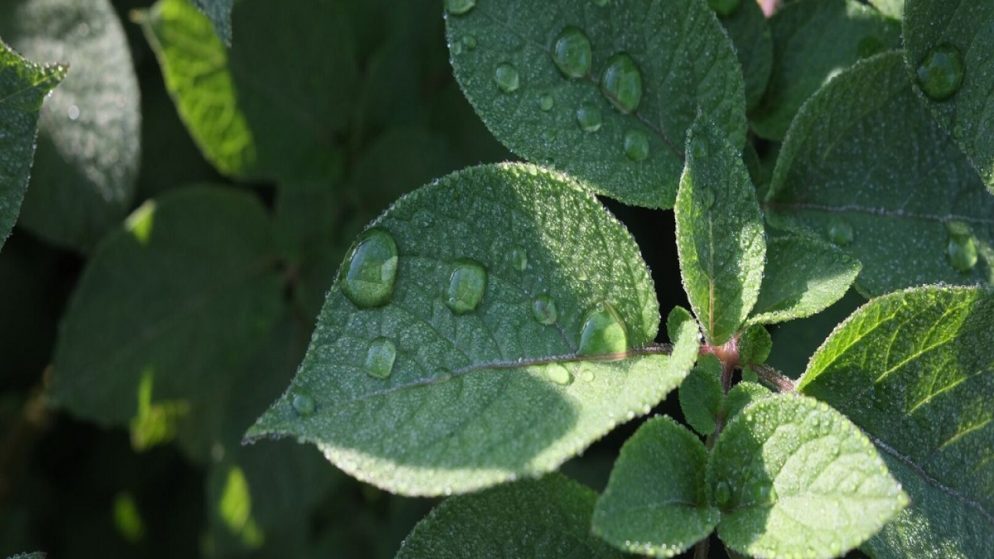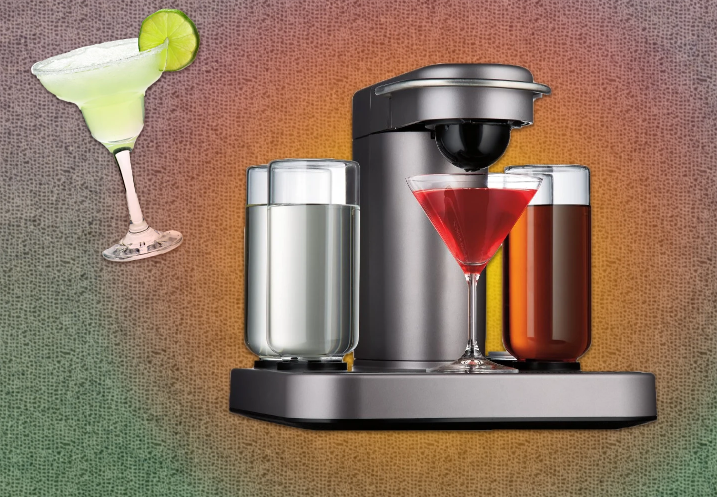

Do you have a garden or green space? If so, you should give it the time and attention it deserves. However, with the day-to-day demands of life, time is often limited, and this can make it difficult to incorporate your garden into your daily routine. Fortunately, there are some simple steps that you can take to keep your garden healthy and green without much effort.
The importance of gardening
Gardening is an important aspect of environmentalists’ efforts to reduce the amount of harmful emissions into the atmosphere. It also helps in beautifying landscapes and providing fresh produce for both people and animals. There are a number of things you can do to increase your gardening success.
- Start with a well-drained soil. A heavy layer of clay will inhibit root growth, while sand will not provide enough nutrients or water retention for plants. A good starting point is 50% organic matter combined with plenty of good potting soil mix.
- Don’t over fertilize. Over fertilizing can cause plants to become leggy and weak, leading to poor yields and plant death. A good rule of thumb is to use half the recommended amount of fertilizer for each gallon applied to the soil surface.
- Cultivate in moderation. Raking too much leaves or dirt from the ground can wear down plant roots, leading to turf damage and reduced yields over time. Instead, use a gentle hoe or trowel where necessary, but avoid excessive disturbance that could disrupt beneficial insects or rodents that help control pests and diseases in gardens, respectively.”
Gardening Tips

Image Source: Link
When it comes to gardening, there are a number of things that you must take into account in order to create a healthy and successful environment for plants.
One of the most important aspects of gardening is creating an adequate soil content. A well-manured garden will provide your plants with the nutrients they need to flourish, while a poorly-manured garden will result in poor growth and nutrient deficiencies. Additionally, make sure to add organic matter (such as compost) to your soil every year in order to promote healthy plant growth.
Another key factor to consider when gardening is watering. It’s important to properly water your plants each day so that they don’t get dehydrated, and make sure that the water you use is either rain or tap water – never use creek water or untreated municipal water when watering your plants! Finally, be sure to fertilize your plants occasionally with a balanced fertilizer composition that includes nitrogen, phosphorus and potassium.
Why do plants need sunlight?

Image Source: Link
Plants need sunlight to grow and produce their flowers. Without sunlight, plants will not be able to photosynthesize and will eventually die. Additionally, if your garden is in an area that does not receive a lot of sun, you may want to consider purchasing a solar garden light to help your plants get the sunlight they need.
How to select a plant?

Image Source: Link
When choosing plants for your garden, it is important to consider both the size and shape of the area you are working with. Here are some tips to help you select the perfect plants for your home.
- Think about what type of environment you want your garden to create. If you have a sunny spot that gets plenty of light, choose plants that need lots of sun or direct sunlight. If you have a shady spot, choose plants that prefer less light or indirect sunlight.
- Consider the size and shape of the area you are trying to fill. For example, a small garden can use smaller plants while a large one can use larger ones. Think about how many different types of plants you would like in your garden and choose accordingly.
- Think about what type of decoration you want in your garden and choose plants accordingly. For example, if you want Plants with bright colors or leaves, then choose a plant that has those characteristics.
How to plant a plant?

Image Source: Link
There are a few things you need to consider before planting a plant in your garden: where the plant will go, how much light it needs, how much water it needs, and what type of soil is best for the plant.
First, decide where you want to place your new plant. Some plants need sunlight while others need less light. Next, think about how much light your plant will receive. Most plants need around six or seven hours of direct sunlight every day. If your garden gets too much sun, move the plant to a shadier spot or build some shade with a trellis or other structure.
You also need to think about water availability. Most plants like regular water but there are those that like hard water and those that like very soft water. Once you have decided where the plant will go and what type of soil is best for it, add enough potting soil to make sure the roots are covered and then fill up the pot with more soil until it’s level with the top of the pot. Make sure there are no air bubbles in the soil; otherwise, they will form Problems such as root rot which can kill your plants.
How to care for your plant?

Image Source: Link
When it comes to gardening, there are a few things that you must take into consideration in order to create a healthy and sustainable environment for your plants. One of the most important aspects of gardening is watering – make sure to water your plants regularly and evenly, using a irrigation system if necessary. Another essential aspect of gardening is composting – turn your organic waste (like leaves and fruit scraps) into compost to help improve the health of your plants. Finally, be sure to protect your plants from pests and diseases by using appropriate plant protection products.



